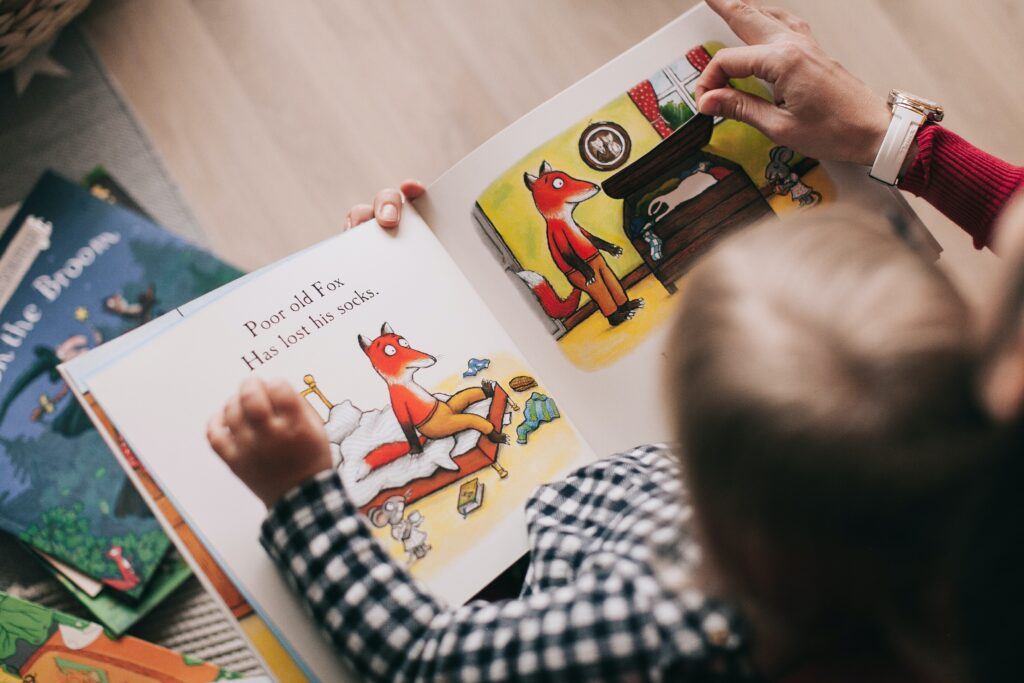How fast do bilingual children learn 2 or more languages?
There’s no doubt that there are increasingly more bilingual or multilingual families in today’s society. As parents, it’s natural to have questions or concerns about their bilingual children’s language development. Research (see below reference) shows that the language skills of bilingual children can be different from one to another. For some bilingual children, learning 2 languages can take longer than learning one.
The rate of total language growth in bilingual children can be the same or even greater than their monolingual peers. However, some bilingual children are likely to lag behind in developing their vocabulary and grammar when measured in each language separately in comparison to monolingual children.
Tips for teaching languages to bilingual children at home
- Providing language input through book reading can be more beneficial than language exposure via TV.
- Language input from multiple people can be more diverse and supportive.
- Talk about things and people in your child’s everyday life to make learning more functional and easy to remember.
- Use the language(s) that you are most comfortable with – you can make sure your child is getting the right input.

Example activity or routine to teach children languages
During mealtime, parents can label food and actions using the language they want to teach. For example, they can model words and phrases such as “let’s have dinner”, “veggies”, “chicken”, and “soup” to children, and then parents can ask their children what they want to eat in that language. Children will be asked to use the intended language to respond to the question in order to request for what they want.
Teaching and learning moments like this are very salient to children – because the learning experience is engaging, motivating, and interactional. Communication involves people and interaction, so the best way to teach children a language is to interact with them in real-life, everyday routines and activities. Children need to use that language actively in order to become more proficient in it.
Other ideas for teaching languages using routines or activities:
- Bath time – “wash”, “soap”, “shampoo”, “duck”, “water”, “hot”, “cold”
- Getting dressed – body parts, clothes, “put something on”
- Shopping – groceries names, “push the trolley”, “shopping basket”, “checkout”, “money”, quantity and price
- Book reading – picture books with little text
- Games & toys – trains, legos, Uno, fishing, playdoh etc.
Facts about language learning
- Infants can tell the different languages apart, even if they come from the same speaker.
- There is no conclusive evidence suggesting that mixing two languages from the same parent is harmful to bilingual children’s language development.
What else would you like to know?
Please comment below or email us on info@talk2connect.com.au.
Reference
Hoff, E., & Core, C. (2013). Input and language development in bilingually developing children.Seminars in speech and language,34(4), 215–226. https://doi.org/10.1055/s-0033-1353448

Oliver Sio
Speech Pathologist @ Talk2connect Speech PathologyMultilingual Speech Language Pathologist providing mobile speech therapy services in Brisbane and Gold Coast, Queensland. Trained in Hanen It Takes to Two Talk, Hanen More than Words, PROMPTS, Sounds-Write, LETRS, Key Word Signs, Talk4Writing and LSVT LOUD. Striving for holistic, person-centred and evidence-based practice.
